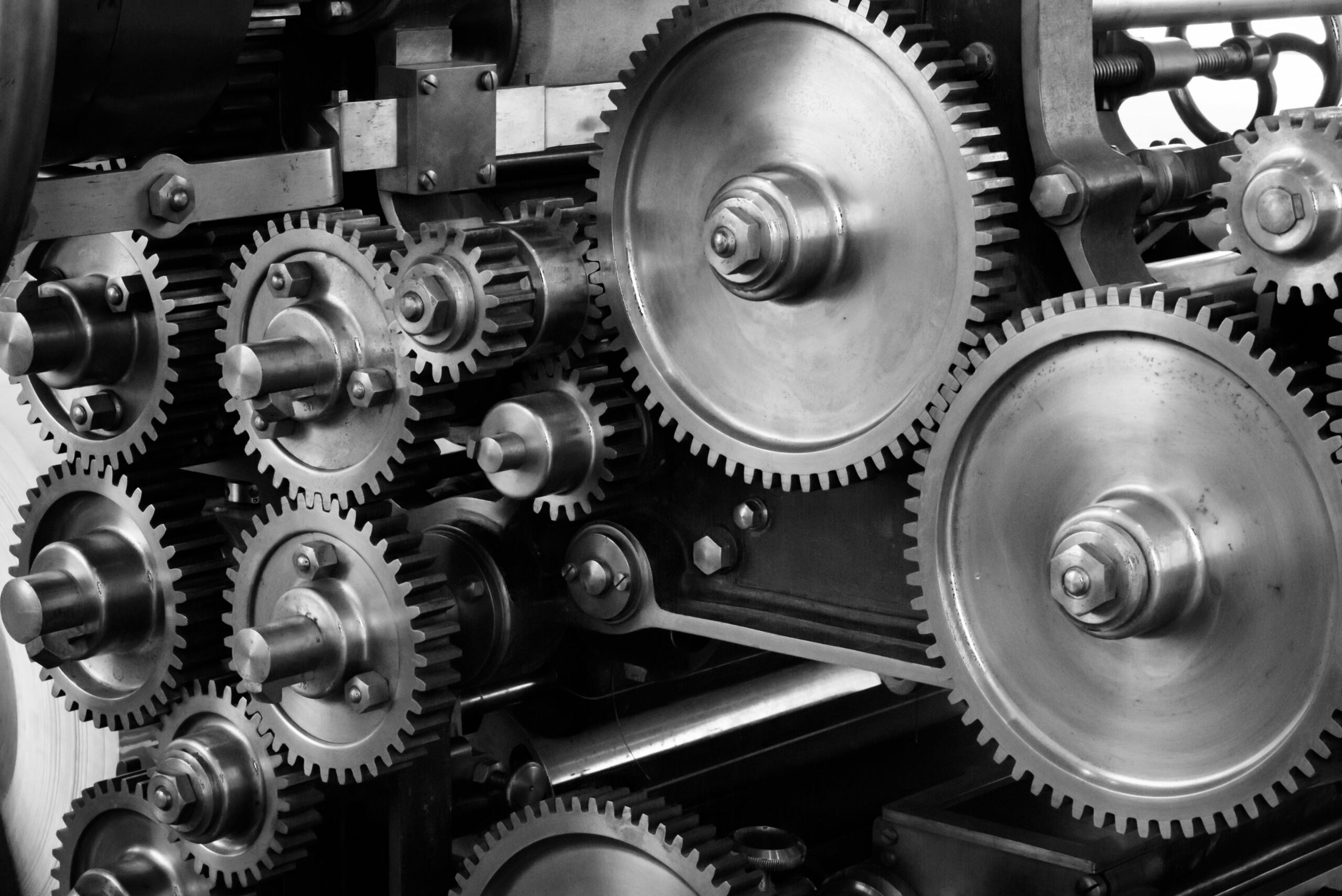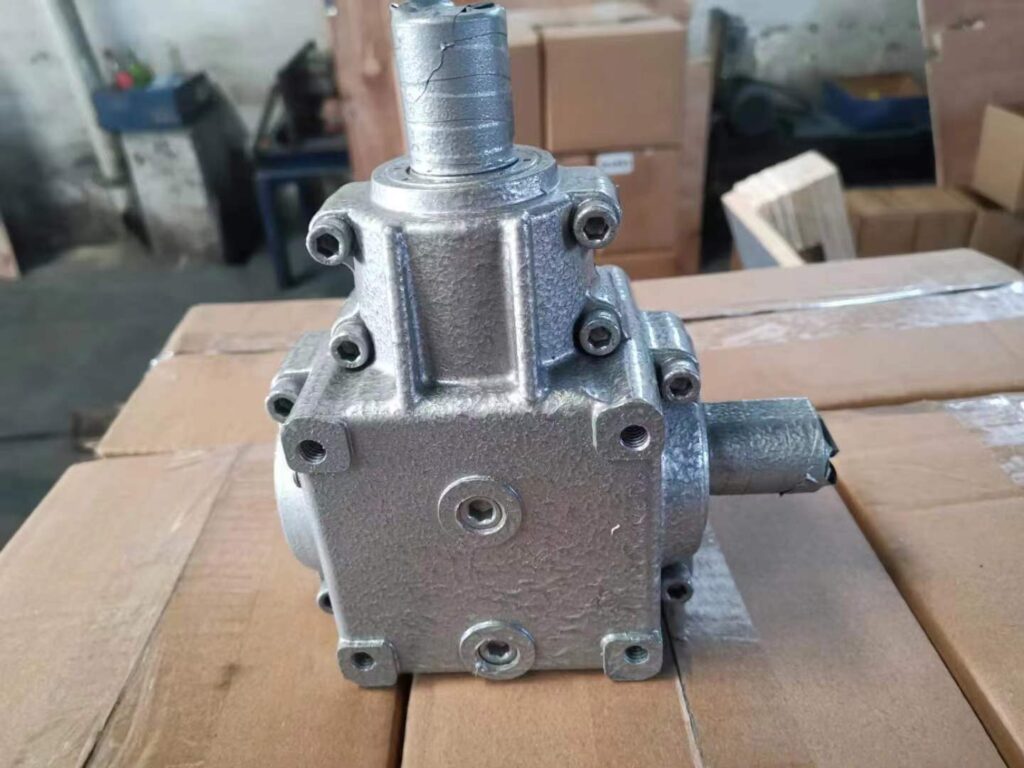Different types of gear reducers are utilized across various industries, each with distinct advantages and specific applications. Here are some common types:
1. Helical Gear Reducers:
- These have teeth that are cut at an angle to the face of the gear.
- When two of the teeth start to engage, the contact is gradual—beginning at one end of the tooth and maintaining contact as the gear rotates into full engagement.
- Helical gears operate more smoothly and quietly compared to spur gears.
- Ideal for applications requiring high speeds or high torque.
2. Worm Gear Reducers:
- A worm gear consists of a worm (similar to a screw) that meshes with a worm gear (similar to a spur gear).
- They are typically very quiet and can achieve high reduction ratios.
- The design can prevent back-driving, which can be advantageous in safety-critical applications.
- Commonly used in conveyor systems and material handling.
3. Spur Gear Reducers:
- These are the simplest and most common type, with straight teeth and are mounted on parallel shafts.
- They are best used for low-speed applications as they tend to be noisier than helical gears due to the sudden contact of the teeth.
- Useful in applications where noise is not a critical factor.
4. Bevel Gear Reducers:
- Bevel gears have conical-shaped teeth and are usually mounted on shafts that are 90 degrees apart but can be designed to work at other angles as well.
- Primarily used for shafts from one torque to another when the two shafts are at an angle.
- Common in the automotive industry, particularly in the differential of a car where the direction of the drive from the drive shaft must be turned 90 degrees to drive the wheels.
5. Planetary Gear Reducers:
- They consist of a central sun gear, a ring gear, and several planet gears.
- The central sun gear transmits torque to the planet gears, which are mounted on the moveable carrier and mesh with the outer ring gear.
- They offer high power density and are known for their durability and efficiency.
- Used in various applications from electric screwdrivers to heavy construction equipment.
6. Cycloidal Gear Reducers:
- Based on a cycloidal disk moving eccentrically, which reduces the speed of an input shaft by a certain ratio.
- They are extremely compact and have very little backlash.
- Often used in robotics and precision machinery.
7. Harmonic Gear Reducers:
- Utilize the flexibility of metal and the mechanics of wave generation to transmit torque.
- Offer very high reduction ratios, as well as high precision and low backlash.
- Commonly used in robotics and aerospace applications.
Each gear reducer type brings its unique advantages to industrial applications. The choice of gear reducer will depend on factors such as the required torque, speed reduction ratio, efficiency, load, precision, and the operational environment. It’s important to consult with manufacturers and engineers to ensure the right selection for the application’s requirements.


